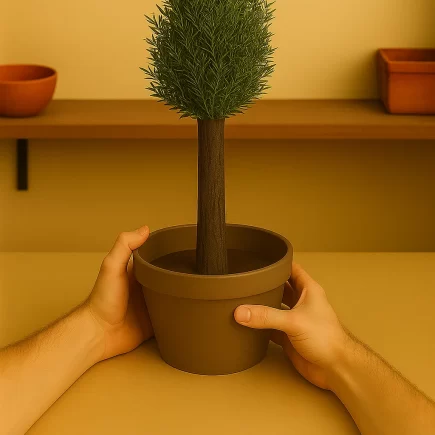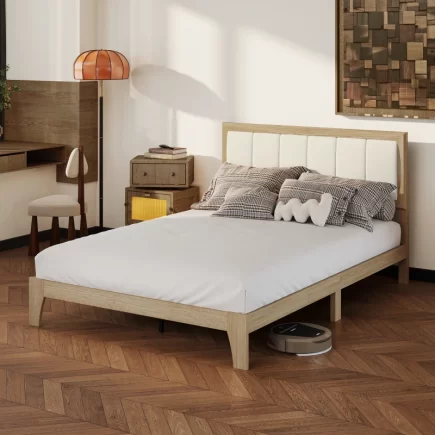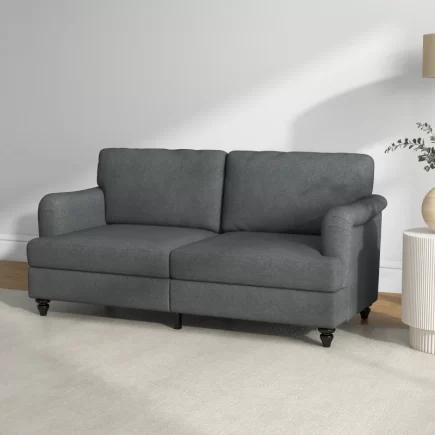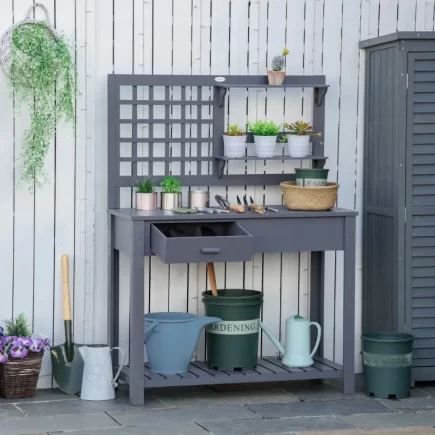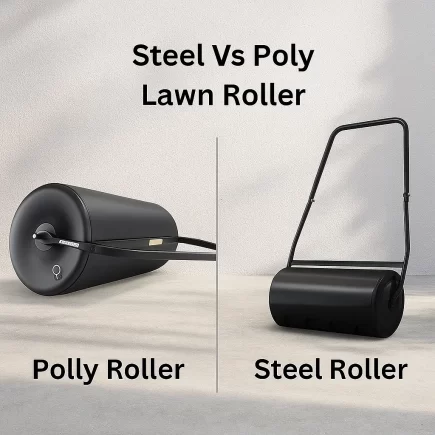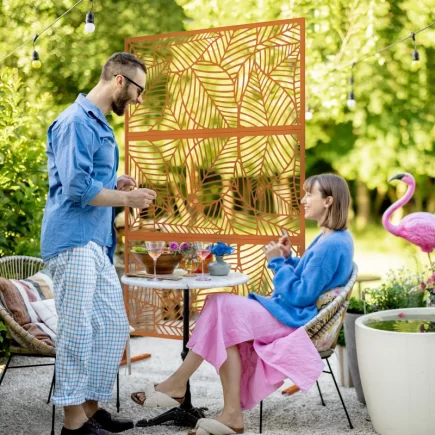Insulating your chicken coop isn’t just about keeping your flock warm in winter. It’s about creating a stable, comfortable environment that helps your chickens thrive year-round.

In this article, we’ll dive deep into the why, how, and what of insulating your chicken coop, offering expert advice on materials, installation methods, and the long-term benefits for your chickens.
Choosing Insulation Materials That Fit Your Budget
When it comes to insulating your chicken coop, it’s essential to select materials that not only fit your budget but also provide the level of insulation your chickens need. Here are some options:
Affordable Materials
- Foam Boards: These are lightweight, easy to install, and provide excellent thermal resistance. Foam boards are a cost-effective way to insulate the walls, roof, and floors of your chicken coop.
- Fiberglass Insulation: Another affordable option, fiberglass offers great insulation but needs to be carefully sealed to prevent your chickens from pecking at it.
Natural Material Options

- Straw Bales: A more natural insulation material, straw bales can be used to create a barrier around the coop, particularly in smaller areas. This is a great option for those seeking an eco-friendly solution.
- Wood: Wood is another versatile material for coop insulation, providing good thermal resistance while being easily available. Additionally, wood gives your coop a rustic, natural look that blends well with the backyard environment.
Simple DIY Material
- Cardboard or Newspaper: If you’re on a tight budget, you can temporarily use materials like cardboard or old newspapers for insulation. While they aren’t long-lasting, they can provide some insulation during the colder months.
- Recycled Materials: Look for other affordable or free materials, such as old blankets, tarps, or bubble wrap. These can be used effectively for a more temporary solution.
Step-by-Step Installation Process
Floor Insulation

For raised floors:
- Place foam board insulation between the floor joists. Measure and cut each piece so it fits snugly without gaps.
- Once all foam boards are in place, lay sheets of plywood over the top. Screw the plywood down to create a strong, durable floor.
Alternatively, use the deep litter method:
- Spread a thick layer of organic bedding material, such as straw, wood shavings, or leaves, directly on the floor.
- Continue to add fresh layers over time as the material compacts and starts to naturally insulate the floor while generating warmth.
One area where heat can easily escape is through the floor. Insulating your chicken coop floor ensures that the warmth generated inside stays trapped, keeping your flock cozy.
TIP: The PawHut 59″ Wooden Chicken Coop with Wheels is a perfect example of a portable coop with an elevated design. It provides ample space for up to six chickens, and its insulated structure helps keep the floor warm, even in cold weather.

Walls Insulation
- Clean the walls: Start by thoroughly wiping down the walls of your structure. Remove dust, dirt, and any loose material to make sure your insulation will stick properly.
- Cut and fit the foam boards: Measure the height and width of each wall section. Use a utility knife or saw to cut the foam boards to fit these dimensions.

- Attach the foam boards: Apply a generous amount of construction adhesive to the back of each foam board. Press them firmly against the wall, holding each one in place for a few moments until it sticks.
- Cover the foam: Once all foam boards are installed, cover them with a layer of plywood for protection, or attach reflective foil if you prefer extra heat retention. Make sure the covering is secured tightly so it stays in place.
Roof and Ceiling Insulation
The roof is another critical area to insulate. Heat rises, so insulating the roof helps keep the warm air inside your coop, preventing it from escaping into the cold sky above.
- Install insulation:
- Cut foam boards or unroll fiberglass insulation batts to fit between the roof supports.
- Carefully press the insulation into place, making sure it covers all areas without leaving gaps.

- Cover the insulation:
- Attach plywood sheets over the insulation. This prevents your chickens from pecking at it and helps hold the insulation in place.
- Secure the plywood using screws or nails to ensure it stays put.
Keeping Heat Trapped While Avoiding Moisture Buildup
Be sure to install small ventilation openings near the roofline to allow moisture to escape without creating drafts. This will prevent condensation from building up inside the coop, which could lead to mold and respiratory issues for your chickens.
The PawHut 77″ Wooden Chicken Coop with Weatherproof Roof provides an excellent example of a coop with a durable roof that helps keep chickens safe from the elements while retaining warmth inside.

Ensuring Proper Ventilation
Proper ventilation is just as important as insulation. While insulation helps retain heat, you also need to ensure that moisture and stale air are allowed to escape.
Insulate Without Compromising Airflow
- Install Ventilation Near the Roofline: Vent openings at the top of the coop allow warm, moist air to escape without allowing cold drafts to blow directly onto your chickens.
- Seal Gaps Without Blocking Airflow: Ensure that any gaps around doors and windows are sealed to prevent drafts but still allow fresh air to circulate.
The PawHut 47″ Chicken Coop features a sliding window for airflow and multiple access points to ensure your chickens have plenty of ventilation while staying warm.

Insulating Small or Portable Coops
Small or portable coops may seem difficult to insulate, but there are still plenty of affordable options. For small coops, consider using straw bales or tarps to create a protective barrier around the coop. If your coop is elevated, you can insulate the underside with foam boards or straw bales.
Safe Heating Options for Extreme Cold
In regions with extremely cold winters, you may need to add supplemental heating to ensure your chickens stay warm. However, it’s important to use heating methods that are safe and energy-efficient. Here are some options:
- Radiant Heat Panels: These are safe and energy-efficient alternatives to traditional heat lamps. They provide gentle, consistent warmth without the fire risk.

- Heated Roosting Bars: These bars provide localized heat where chickens rest, keeping them warm without heating the entire coop.

Improving Aesthetics While Insulating
You don’t have to compromise on the look of your chicken coop when insulating it. By choosing the right materials and insulation methods, you can enhance the visual appeal of your coop while keeping it functional and comfortable for your chickens.
For example, if you’re using foam board insulation on the walls, you can cover it with decorative wood paneling that matches the exterior of your coop. You can also incorporate eco-friendly materials, like straw bales, to add a rustic charm to your coop.
Preventing Damage from Frostbite
Frostbite is a serious concern during cold weather, especially for chickens with combs and wattles. Proper insulation helps prevent drafts that can expose your chickens to cold air, reducing the risk of frostbite. Additionally, providing plenty of bedding and adding insulated nesting boxes can help your chickens stay warm and comfortable even during the harshest winter conditions.
Insulation Helps with Frostbite Prevention:
- Blocks Cold Air: Insulation keeps the coop’s interior warm and drafts at bay, minimizing the chances of cold air coming into contact with the chickens’ sensitive areas.
- Warm Bedding: Using deep litter bedding creates an additional layer of warmth. The composting process of bedding like straw and wood shavings generates heat, which further protects your chickens from the cold.
- Insulated Nesting Boxes: Insulating nesting boxes ensures that your hens have a warm and comfortable spot to lay their eggs, keeping them cozy even when the external temperature drops.
If you’re looking to create a secure, insulated home for your chickens, consider the PawHut 59″ Wooden Chicken Coop with Nesting Box, which provides ample space for up to six chickens, and features secure nesting boxes and a removable tray for easy cleaning.

We have covered the essential aspects of insulating a chicken coop, offering practical advice on materials, installation, and the long-term benefits of insulation. By investing in proper insulation, you’ll be providing a comfortable and healthy environment for your chickens, which will, in turn, enhance their productivity and well-being. Whether you’re looking for a new coop or need to upgrade your existing one, Aosom offers a wide range of high-quality, weather-resistant chicken coops that will help your chickens stay cozy and secure year-round. Visit Aosom’s Chicken Coops Collection to find the perfect solution for your flock today!
FAQS
1.My chicken coop is still cold despite the insulation. What could be the issue?
If your coop is still cold after insulating, check for any gaps or cracks in the walls, roof, or floor where cold air might be entering. Even small gaps can reduce the effectiveness of insulation. Ensure that your insulation is properly installed and covered with a durable layer to prevent chickens from pecking at it. You might also need to add more insulation in certain areas, like the roof or floor, to improve heat retention.
2.My chicken coop is too hot in summer despite the insulation. What can I do?
In the summer, insulation can trap too much heat if not properly ventilated. Make sure your coop has enough ventilation to allow air circulation. Installing vents near the roofline or on the sides can help hot air escape. Reflective foil on the roof can also reduce heat absorption. Consider adding shade around the coop to keep it cool during the hottest part of the day.
3.How do I know if my chicken coop is properly insulated?
To check if your chicken coop is well-insulated, look for drafts or areas where the temperature fluctuates dramatically. You should feel an even, comfortable temperature throughout the coop, with no cold spots or areas that feel excessively hot. Additionally, check for moisture buildup or mold, which could indicate poor insulation or ventilation.

